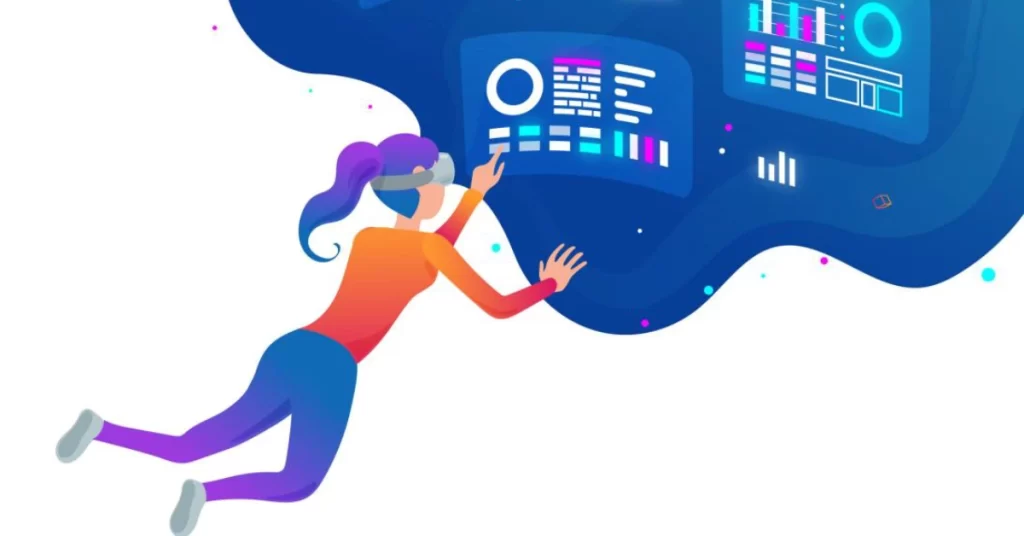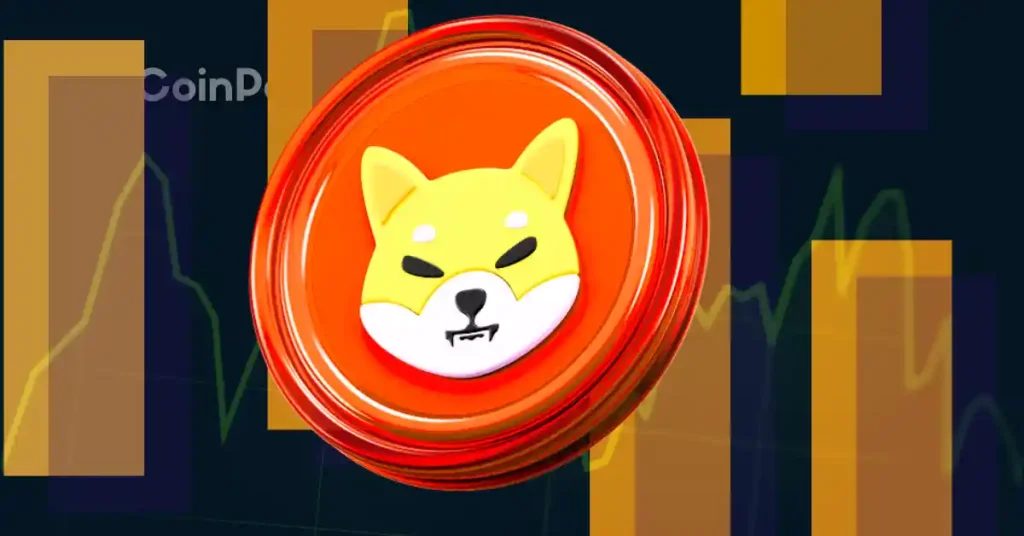
The post The Evolution Of The Internet – From Web1 To Web3 appeared first on Coinpedia Fintech News
The internet has undergone a remarkable transformation since its inception. What began as a static place to find information has turned into a dynamic and decentralized platform where we connect, share, and create. This article looks at how the internet has evolved from Web1 to Web3 and what each era means – with daily life examples.
Web1: The Early Days of the Internet
In the 1990s and early 2000s, the internet was still new and simple. Known as Web1, it was all about accessing information. The websites were basic, just text and images. People used search engines like Yahoo and AltaVista to look stuff up, and email was the main way we talked to each other online, with services like Hotmail and AOL Mail. E-commerce was just getting going, with companies like Amazon selling books and eBay bidding on collectibles.
Web1 changed how we found and shared information. No more going to the library to research something and searching through endless books. Just hop online and find what you need in seconds. Small businesses could reach customers around the world through simple websites, opening up whole new opportunities. But users couldn’t actively participate or contribute much themselves.
Web2: The Rise of Social Media and User-Generated Content
Then came Web2, all about social media, user-created content, and e-commerce marketplaces. Platforms like Facebook, Twitter, and LinkedIn let us connect and communicate in new ways. Now families, friends, and colleagues separated by distance could easily share updates, photos, network, and do business.
Blogging platforms like WordPress gave everyone a voice. Passionate people could start a blog on any topic and build an audience. Online marketplaces like Etsy and Airbnb created fresh ways for people to make a living and disrupt old business models. Crafters and artists could sell their creations to a worldwide customer base on Etsy. Homeowners could rent out spare rooms to travelers on Airbnb.
On media platforms like YouTube and Spotify, anyone could upload videos or share music. Aspiring musicians could showcase their work to millions of potential fans on YouTube. Music lovers could discover new artists and curate personalized playlists on Spotify.
Still, Web2 introduced problems around privacy, data control, and big tech companies having too much power. That’s what Web3 aims to fix, with decentralization, privacy, and AI tools.
Web3: The Decentralized Future of the Internet
Web3 includes decentralized apps built on the blockchain so people control their data and digital assets. Some key developments in Web3 include:
Decentralized applications (dApps) are built on blockchain technology, which removes the need for central authorities and empowers users to take control of their data and digital assets. For instance, people could store health records on a decentralized platform instead of relying on one company to safeguard their sensitive information.
The Internet of Things (IoT) connects smart devices to enable seamless communication and automation. AI-powered virtual assistants such as GPT4, ChatGPT, and Claude can answer questions. Alexa, Siri, and Google Assistant control smart home devices and more. With IoT, everyday objects like refrigerators and thermostats can now “talk” to each other and share data, creating a more efficient and convenient living environment.
Web3 also includes cryptocurrencies like Bitcoin and Ethereum – the two most popular and used cryptocurrencies nowadays. Cryptocurrencies allow new ways to invest, buy goods, send payments with lower fees, and avoid banks as the middlemen. But to trade crypto, users need a platform where they can securely buy, sell, and hold digital assets. CoinEx is a reputable global exchange where people can trade over 700 crypto coins and 1,100 trading pairs. With a track record of no accidents and safeguards like “Proof of Reserve,” CoinEx aims to protect users’ assets. For example, imagine Kelly wants to invest in a new crypto that could change the gaming world. She can sign up with CoinEx, fund her account, and buy the crypto, knowing her money and assets will be secure. CoinEx also offers a huge choice of other digital assets.
Conclusion
The internet has enabled us to access knowledge, connect across borders, and reinvent commerce. As we move into Web3 and beyond, technology’s potential to improve lives is huge and exciting. By staying involved, each of us plays a role in shaping where the internet goes next. The future is ours to build.
From those early days of Web1 to now, the internet has changed how we live and work in so many ways. New developments in decentralization, privacy, and AI keep coming. To make the most of it, we all need to keep up with how technology’s changing – from leveraging vast information online to global connectivity to new opportunities like cryptocurrency and decentralized applications. Whatever happens next, the internet has already transformed our world by putting information at our fingertips, connecting us across the globe, and opening up new ways of doing business. The possibilities for what comes after Web3 are endless. By embracing these changes, we each have the chance to be part of writing the future.

 2 years ago
119
2 years ago
119














 English (US) ·
English (US) ·